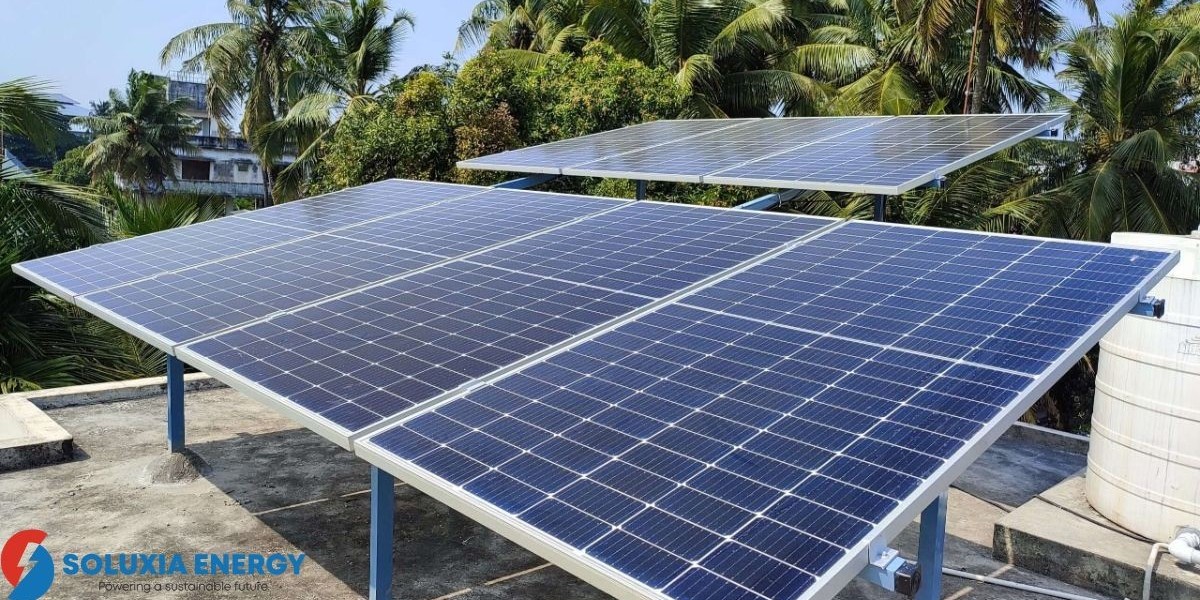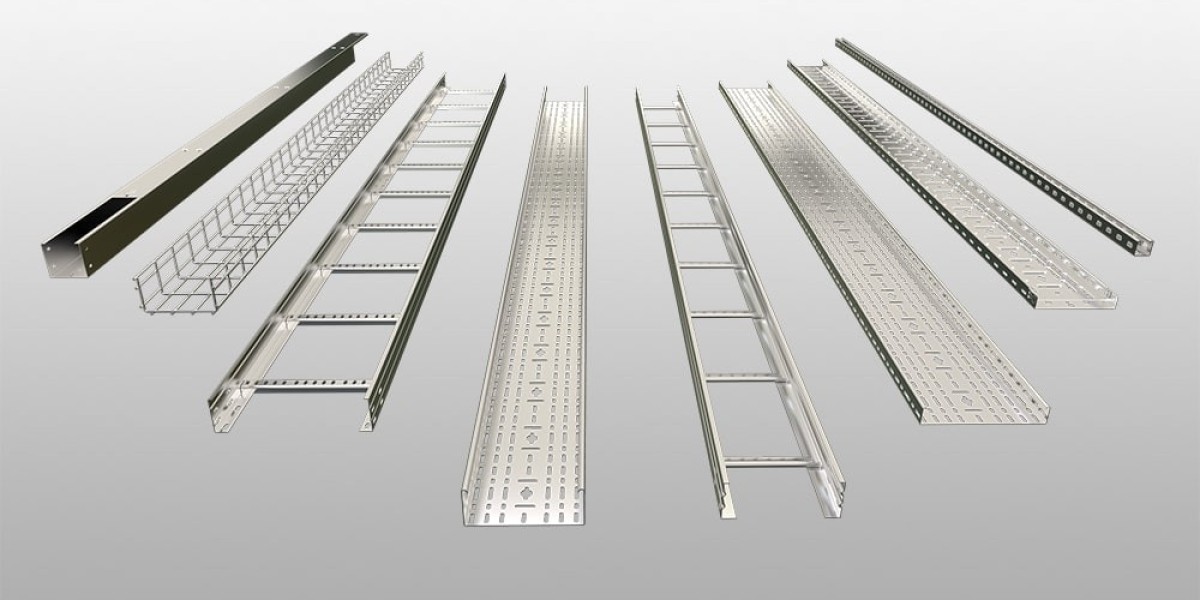As Pakistan faces escalating electricity costs and frequent power outages, many homeowners are turning to renewable energy solutions. A home solar power system offers an effective way to achieve energy independence, reduce utility bills, and contribute to a sustainable future.
? Understanding Home Solar Power Systems
A home solar power system converts sunlight into electricity, enabling households to power their appliances and lighting. The system typically comprises:
Solar Panels: Capture sunlight and convert it into direct current (DC) electricity.
Inverter: Transforms DC electricity into alternating current (AC) for home use.
Mounting Structure: Secures panels on rooftops or ground installations.
Battery Storage (Optional): Stores excess energy for use during nighttime or outages.
Net Metering System: Allows surplus energy to be fed back into the grid, earning credits.
? Cost Breakdown in 2025
The investment in a home solar power system varies based on capacity, components, and installation specifics. Here's an overview:
| System Capacity | Estimated Cost (PKR) | Monthly Savings (PKR) |
|---|---|---|
| 3 kW | 450,000 – 550,000 | 6,000 – 8,000 |
| 5 kW | 700,000 – 850,000 | 10,000 – 15,000 |
| 10 kW | 1,300,000 – 1,600,000 | 20,000 – 30,000 |
Note: Prices are approximate and may vary based on equipment brands and installation services.
⚙️ Types of Solar Systems
On-Grid Systems: Connected to the national grid, allowing for net metering. Ideal for areas with reliable grid access.
Off-Grid Systems: Operate independently of the grid, suitable for remote locations. Require battery storage.
Hybrid Systems: Combine on-grid and off-grid features, offering flexibility and backup during outages.
? Benefits of Installing a Home Solar Power System
Cost Savings: Significant reduction in monthly electricity bills.
Energy Independence: Reduced reliance on the national grid.
Environmental Impact: Lower carbon footprint and contribution to a greener planet.
Property Value: Increase in home resale value due to sustainable energy features.
? Steps to Installation
Energy Assessment: Determine your household's energy needs.
Site Evaluation: Assess roof space and sunlight exposure.
System Design: Customize the system based on energy requirements and site specifics.
Installation: Professional setup of panels, inverter, and other components.
Net Metering Registration: Enroll in the net metering program to benefit from surplus energy credits.
✅ Conclusion
Transitioning to a home solar power system in Pakistan in 2025 is a strategic move towards energy efficiency and sustainability. With the decreasing costs of solar technology and supportive government policies, now is an opportune time to invest in solar energy for your home.
For a detailed guide on selecting and installing the right system for your needs.



